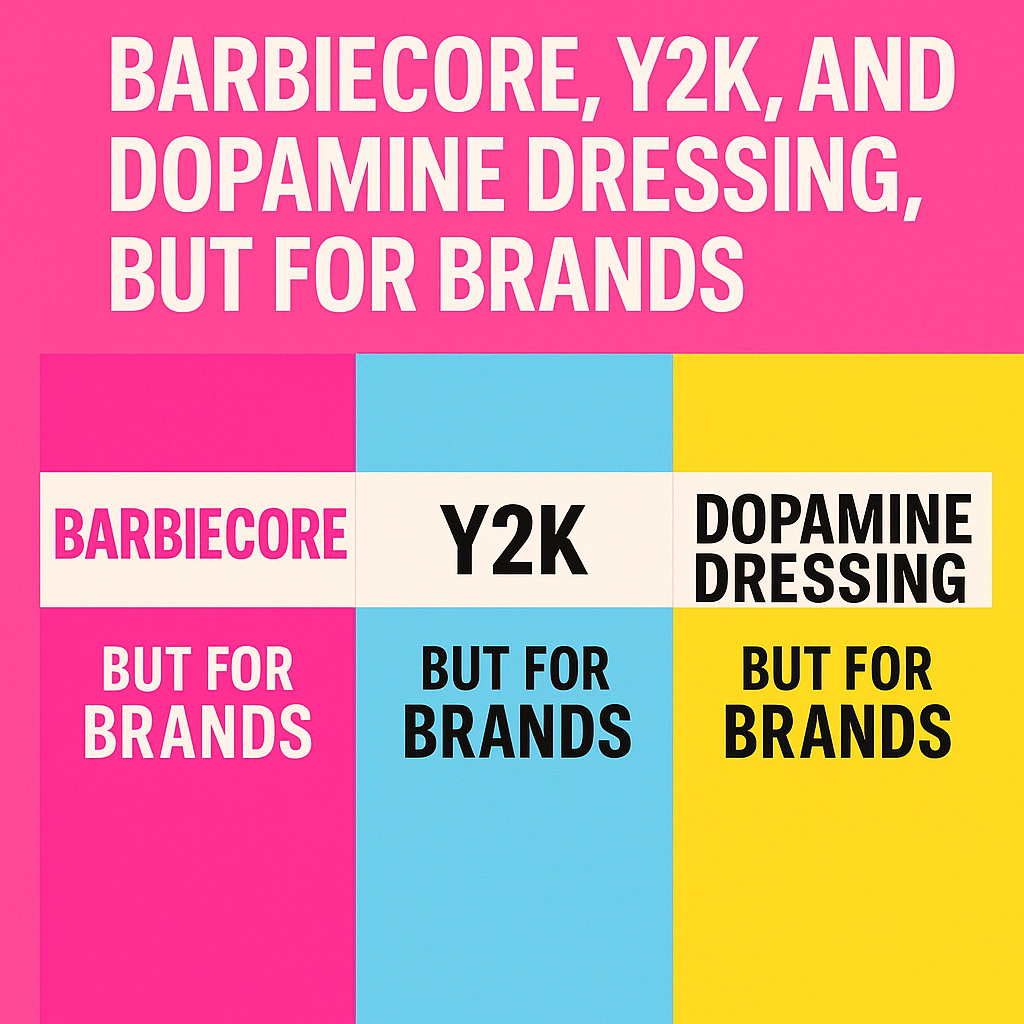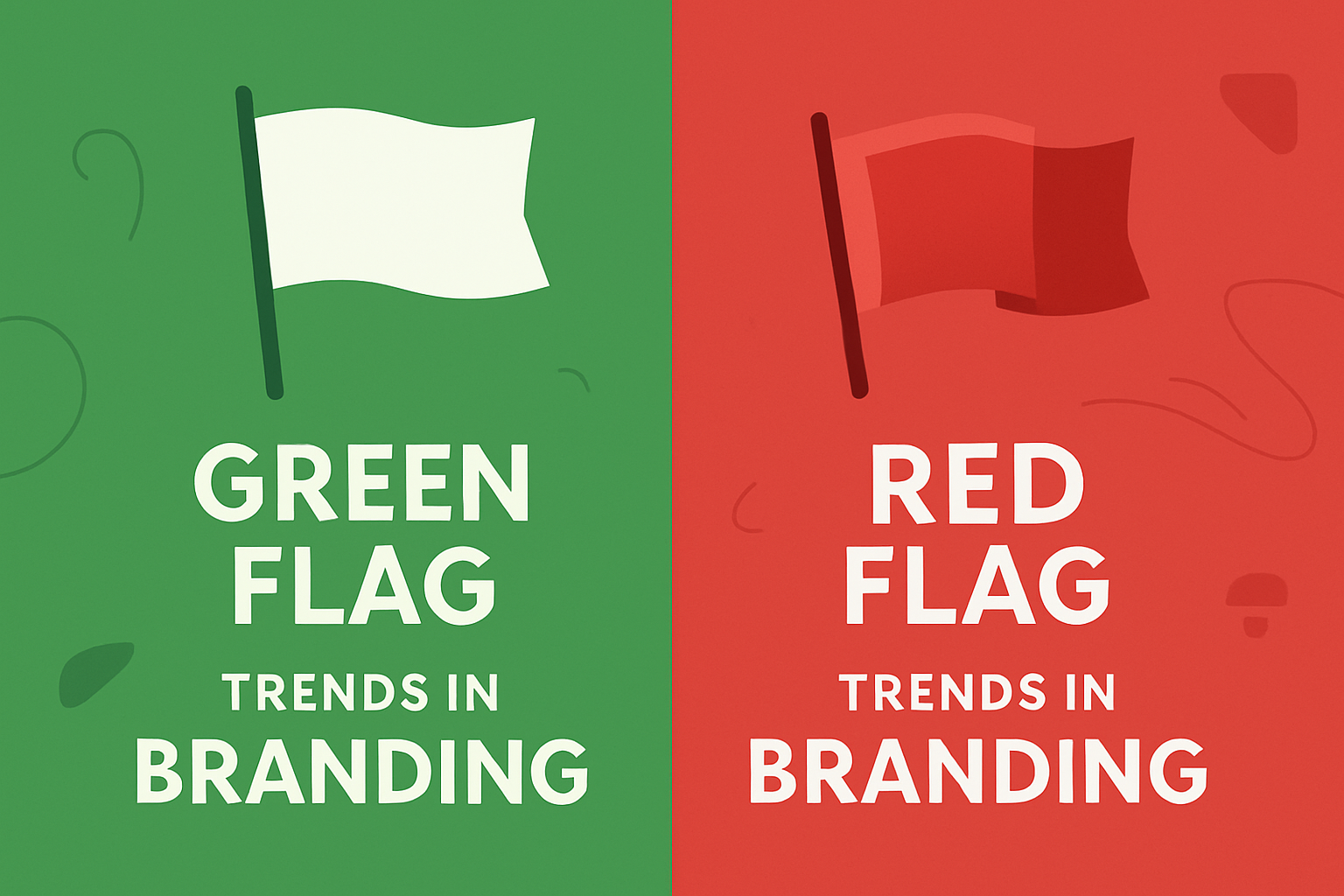Once upon a time, marketing was polished, serious, and a little bit stiff. Brands spoke in formal tones, ads were neatly scripted, and the biggest “fun” you’d get was a mildly clever billboard slogan. Then the internet happened. Then social media happened. And finally… memes happened.
Now? The meme-ification of marketing is in full swing. From luxury brands to local bakeries, everyone’s trying to slip a funny image, a trending reference, or a viral joke into their feed, hoping to win hearts, likes, and maybe even a few sales.
But here’s the thing: meme marketing isn’t just about posting a picture of a distracted boyfriend and slapping your product on it. It’s about understanding how internet culture works and using it to make your brand feel human, relatable, and worth engaging with.
So grab your popcorn, we’re breaking down why meme marketing works, the green flags, the red flags, and how not to accidentally embarrass yourself online.
Why Memes Work in Marketing
1. They’re Instantly Relatable
Memes are basically inside jokes for the internet. When someone sees a meme that perfectly captures their mood, frustration, or joy, they feel seen. And when your brand delivers that feeling? You’re not just selling — you’re connecting.
2. They’re Scroll-Stopping
In a sea of perfectly curated photos, a well-timed meme sticks out like a pineapple on a pizza (in the best way). The imperfect, casual vibe of memes makes them feel authentic, and authenticity is the currency of the internet.
3. They Travel Fast
A great meme spreads faster than a Black Friday sale. When people share your meme, they’re not just engaging with your brand; they’re doing your marketing for you.
Brands Already Winning at Meme Marketing
Netflix
Netflix has mastered the art of meme marketing by using its own shows as meme material. Instead of traditional “Watch this now” ads, they drop hilariously relatable images and captions that double as fan engagement.
Duolingo
The green owl has gone rogue on TikTok, and we love it. Duolingo leans into absurd, borderline chaotic memes that make people laugh first, and remember the app later.
Zomato & Swiggy (India)
These food delivery giants don’t just post offers; they join every trending meme with witty, food-related twists. They’re fast, clever, and so in tune with internet culture that it feels like they’re in your group chat.
The Green Flags of Meme Marketing
1. It Fits Your Brand Voice
A skincare brand cracking jokes about late-night scrolling? Great. A funeral service posting SpongeBob memes? Maybe not. The key is making sure your humor aligns with what your audience expects, or at least won’t offend them.
2. You’re Culturally Aware
Posting a meme without knowing its origin is a recipe for disaster. Great meme marketing means you understand the reference, the context, and the possible interpretations before hitting “publish.”
3. You Post at the Right Time
Memes have a short shelf life. A trending meme today might be cringe tomorrow. Brands that jump in early (but not too early) are the ones that win.
The Red Flags of Meme Marketing
1. Trying Too Hard
Nothing screams “we don’t get it” like a forced meme. If your audience can smell the desperation, it’s over.
2. Copy-Paste Without Creativity
Slapping your logo on a popular meme without adding your own twist? That’s just lazy. The best memes feel like they were made for your brand, not just recycled from the internet.
3. Ignoring Your Audience
If your followers aren’t responding to memes, maybe they’re not the right tactic for you. Meme marketing is not a one-size-fits-all strategy.
How to Meme Without Losing Your Brand’s Dignity
Step 1: Know Your Audience
Are they Gen Z who live on TikTok? Millennials who love nostalgia? Or a mix? The memes you use should resonate with the people you’re trying to reach.
Step 2: Stay Updated on Trends
Memes change faster than social media algorithms. Tools like Know Your Meme, Reddit, and Twitter trending tabs can help you keep up without falling behind.
Step 3: Add Brand Relevance
Make sure the meme ties back to your brand or product. Even if it’s a loose connection, the humor should circle back to your business in a way that feels natural.
Step 4: Don’t Overdo It
If every post is a meme, people will stop taking you seriously. Use them as a spice, not the main dish.
When Meme Marketing Goes Wrong
Let’s be real, for every brand that nails it, there’s one that crashes and burns. Maybe they posted an outdated meme. Maybe they misunderstood the joke. Or maybe they jumped on a trend that wasn’t appropriate for their audience.
Remember that 2017 moment when brands tried to use “Cash Me Outside” in ads? Yeah… it wasn’t cute. And no one wants to be the brand that tries to make “fetch” happen when it’s clearly over.
Why Meme Marketing is Here to Stay
Some people think memes are a passing fad, but memes are basically just the digital version of word-of-mouth humor, and that’s been around forever. The format might evolve (hello, short-form videos), but the core concept, relatable, shareable humor- is eternal.
As long as people are online, there will be inside jokes. And as long as there are inside jokes, there will be brands trying to sneak into them.
Final Takeaway: Be Funny, But Be Smart
The meme-ification of marketing isn’t about trying to be the funniest brand on the internet. It’s about using humor as a bridge between you and your audience, making them feel like you “get” them, and giving them something they actually want to share.
When done right, memes don’t just get likes. They get saved, shared, screenshotted, and talked about. They make your brand part of the conversation, and in the noisy world of marketing, that’s priceless.
So, whether you’re a start-up café or a global tech giant, maybe it’s time to ask yourself: does your brand have a meme game? Because in 2025, even the most polished marketing strategy could use a few well-placed laughs.






